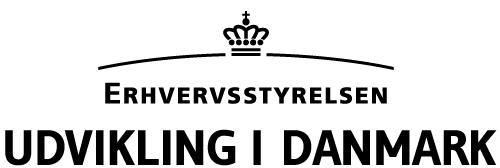Fredericia Municipality is part of the EU project “Energioptimering og affaldshåndtering”, which has the utility company Fredericia Spildevand og Energi as project partner. In 2017, the wastewater treatment plant received DKK 6 million from the EU Regional Development Fund to ensure a more sustainable development of the plant.
Today, the wastewater treatment plant uses an advanced control method to monitor the wastewater treatment tanks. In this way, the chemicals that purify the wastewater can be dosed exactly according to the conditions. And thus, unnecessary chemicals in the water environment are avoided.
NB. Udbyderen af servicen sætter cookies på din computer, når du afspiller eller deler videoen. Læs mere om cookies.
The plant has also tested and implemented a system that makes it possible to filter more sludge from the wastewater than before. The process has proven to be a win-win situation for the energy accounts. Once the sludge has been removed, the plant uses less energy to purify the water afterwards.
At the same time, the sludge can be included in the production of biogas at the wastewater treatment plant. Therefore today, the plant is almost 100 per cent energy neutral.
Facts about the EU project
The project “Energioptimering og affaldshåndtering” works to ensure sustainable, green urban development in Fredericia Municipality. Part of the project deals with the municipality's wastewater treatment plant. Here, the project supports Fredericia Spildevand og Energi's vision of becoming energy neutral and later also CO2 neutral in 2030.
Project information
The project runs from 6 January 2017 to 1 July 2020 and is funded with DKK 12 million from the EU Regional Development Fund and managed by Fredericia Municipality.

